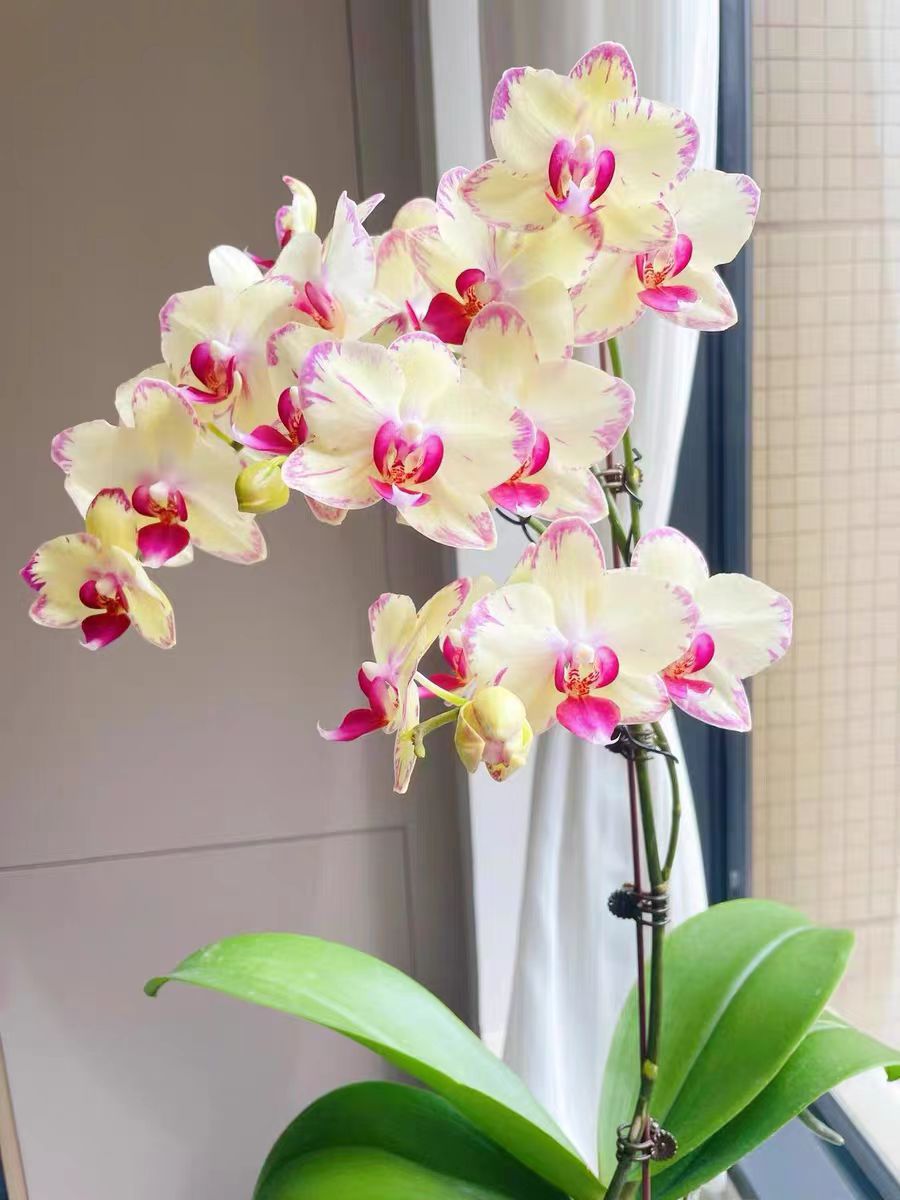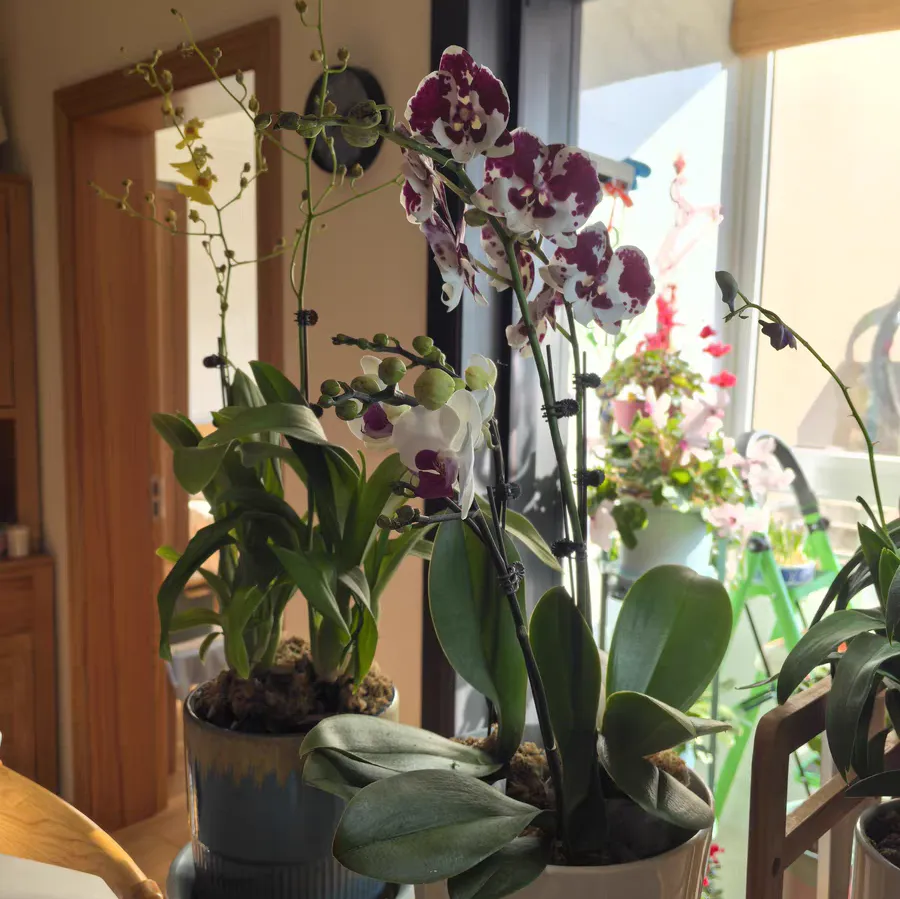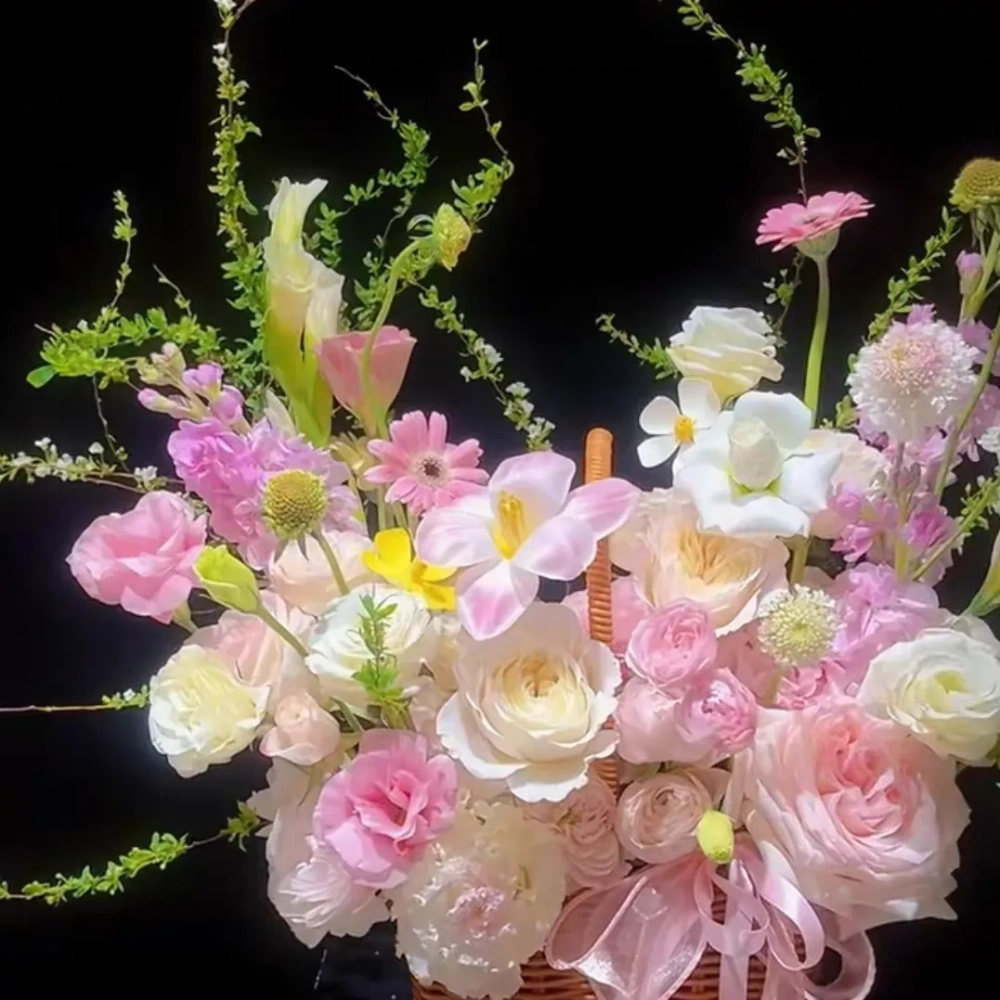How to Provide Sunlight for Phalaenopsis Orchids During High Summer Temperatures? Will Phalaenopsis Orchids Die from the Heat When the Temperature Is Too High?
In the world of flowers, phalaenopsis orchids are highly favored by people for their delicate and lively flowers that resemble butterflies. However, when the high temperatures of summer arrive, how to provide suitable sunlight for phalaenopsis orchids and whether the high temperatures will endanger their lives have become the focus of attention for flower growers.
Phalaenopsis orchids are a type of flower that is relatively sensitive to light conditions. During high summer temperatures, strong direct sunlight can cause damage to them, so it is crucial to provide appropriate lighting.
Proper Shading: The sunlight in summer is too intense, and phalaenopsis orchids need to be shaded. Generally, a shade net can be used, and it is advisable to choose a shade net with a shading rate of 50%-70%. Installing the shade net on the top of the balcony or greenhouse can effectively filter out part of the strong light and prevent the phalaenopsis orchids from being sunburned. For example, from 11 a.m. to 3 p.m., when the sunlight is the strongest, the shade net can block most of the ultraviolet rays, allowing the phalaenopsis orchids to receive soft diffused light. This not only meets their basic lighting requirements but also prevents the leaves from being burned, resulting in phenomena such as yellowing and withering.
Adjust the Placement Position: Phalaenopsis orchids can be placed in a bright indoor area without direct sunlight, such as a position near the window but blocked by curtains. If they are being cultivated outdoors, they can be moved under a large tree and use the shade of the leaves to form a natural shaded environment. In this way, when the sunlight is relatively mild in the morning and evening, the phalaenopsis orchids can receive some light for photosynthesis and accumulate nutrients; while during the period of the strongest light, they can avoid the damage of direct sunlight.
Phalaenopsis orchids are native to tropical and subtropical regions. Although they have a certain heat resistance, excessively high temperatures can indeed pose a serious threat to their growth and even lead to death.
Mechanism of High Temperature Damage: When the ambient temperature continuously exceeds 35°C, the physiological activities of phalaenopsis orchids will be disrupted. Excessively high temperatures will intensify the transpiration of the plants, causing water to be lost too quickly. If water is not replenished in a timely manner, the plants will grow poorly due to water shortage. At the same time, high temperatures will also affect the activity of enzymes in phalaenopsis orchids, making it impossible for physiological processes such as photosynthesis and respiration to proceed normally. As a result, the growth of the plants will stagnate, their resistance will decrease, and they will be prone to attacks by pests and diseases.
Preventive Measures: In order to prevent phalaenopsis orchids from dying from the heat under high temperatures, we need to take effective cooling measures. First of all, strengthen ventilation. By installing equipment such as fans, accelerate the air circulation and reduce the local temperature. When cultivating indoors, open the windows to maintain air convection, which can effectively take away the heat. Secondly, spray water to cool down. During the period of higher temperatures, use a sprayer to spray water around the plants. The evaporation of water will absorb heat, playing a role in cooling down and increasing humidity. However, be careful not to spray water directly on the flowers and leaves to avoid causing diseases. In addition, phalaenopsis orchids can be placed in an air-conditioned room, but make sure that the air outlet of the air conditioner does not directly face the plants. Set the temperature between 25 - 30°C to create a relatively comfortable growth environment for phalaenopsis orchids.
During high summer temperatures, as long as we master the skills of light management, actively deal with the threat of high temperatures, and take effective protective measures, we can help phalaenopsis orchids safely survive the sweltering summer and allow them to thrive in a suitable environment.
How to Provide Sunlight for Phalaenopsis Orchids During High Summer Temperatures?

Share with
Tagged in :




Leave a Reply